Looking for something else online, I found myself at a site dedicated to the local history of Wolverhampton - http://historywebsite.co.uk.
Amongst many other things, it tells the story of the Crane Foundry, which was started in the eighteenth century and run by James Atherton and Henry Crane. (There's no connection with the existing Crane company who make steel tube fittings - see https://www.gracesguide.co.uk/Crane for them.)
The Crane Foundry made all sorts of brass and iron castings for the building trades. In 1945 they were sold to Qualcast and became Qualcast (Wolverhampton) Limited, retaining the Crane trademark.
It's often been noted in discussions on here that Stanley used to outsource some of their casting work to Qualcast and I'd assumed that was still in the Sheffield area. I was wrong there - Qualcast's complicated history seems to have started in Derby and grown by acquiring competitors in Suffolk, Manchester and elsewhere. (Again, see Grace's guide for the all the names and dates https://www.gracesguide.co.uk/Qualcast .)
The real point of this post is that the Wolverhampton history website shows us evidence that at least some of the famous Sheffield Stanley planes were made in Wolverhampton by Qualcast at the Crane works.
Planes and spokeshaves feature in this display
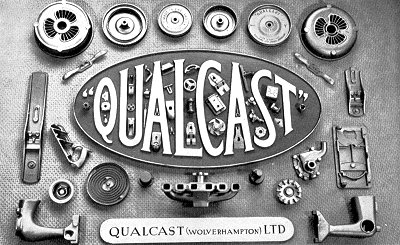
This picture shows brass patterns for Stanley planes
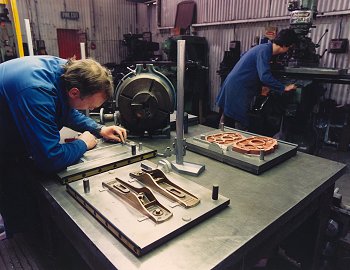
Here are some finished castings
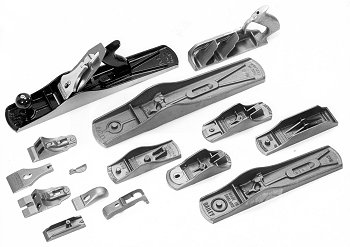
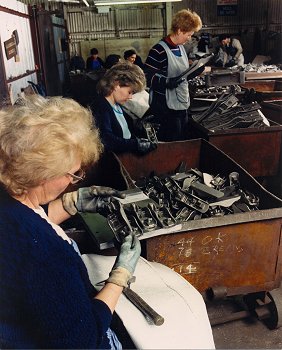
and this one shows 1970s inspection methods, checking castings for flaws
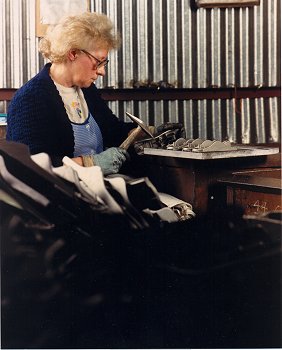
Despite repeated changes of ownership and investment in new plant as late as the 1990s, the company went into liquidation in 2006.
Do follow the links to the Wolverhampton website - there's a lot more of interest scattered around its many sections, and you'll also have nostalgic trip back to the early 90s school of website design, worthy of preservation itself.
Amongst many other things, it tells the story of the Crane Foundry, which was started in the eighteenth century and run by James Atherton and Henry Crane. (There's no connection with the existing Crane company who make steel tube fittings - see https://www.gracesguide.co.uk/Crane for them.)
The Crane Foundry made all sorts of brass and iron castings for the building trades. In 1945 they were sold to Qualcast and became Qualcast (Wolverhampton) Limited, retaining the Crane trademark.
It's often been noted in discussions on here that Stanley used to outsource some of their casting work to Qualcast and I'd assumed that was still in the Sheffield area. I was wrong there - Qualcast's complicated history seems to have started in Derby and grown by acquiring competitors in Suffolk, Manchester and elsewhere. (Again, see Grace's guide for the all the names and dates https://www.gracesguide.co.uk/Qualcast .)
The real point of this post is that the Wolverhampton history website shows us evidence that at least some of the famous Sheffield Stanley planes were made in Wolverhampton by Qualcast at the Crane works.
Planes and spokeshaves feature in this display

This picture shows brass patterns for Stanley planes

Here are some finished castings


and this one shows 1970s inspection methods, checking castings for flaws

Despite repeated changes of ownership and investment in new plant as late as the 1990s, the company went into liquidation in 2006.
Do follow the links to the Wolverhampton website - there's a lot more of interest scattered around its many sections, and you'll also have nostalgic trip back to the early 90s school of website design, worthy of preservation itself.





